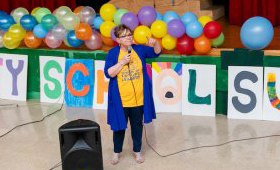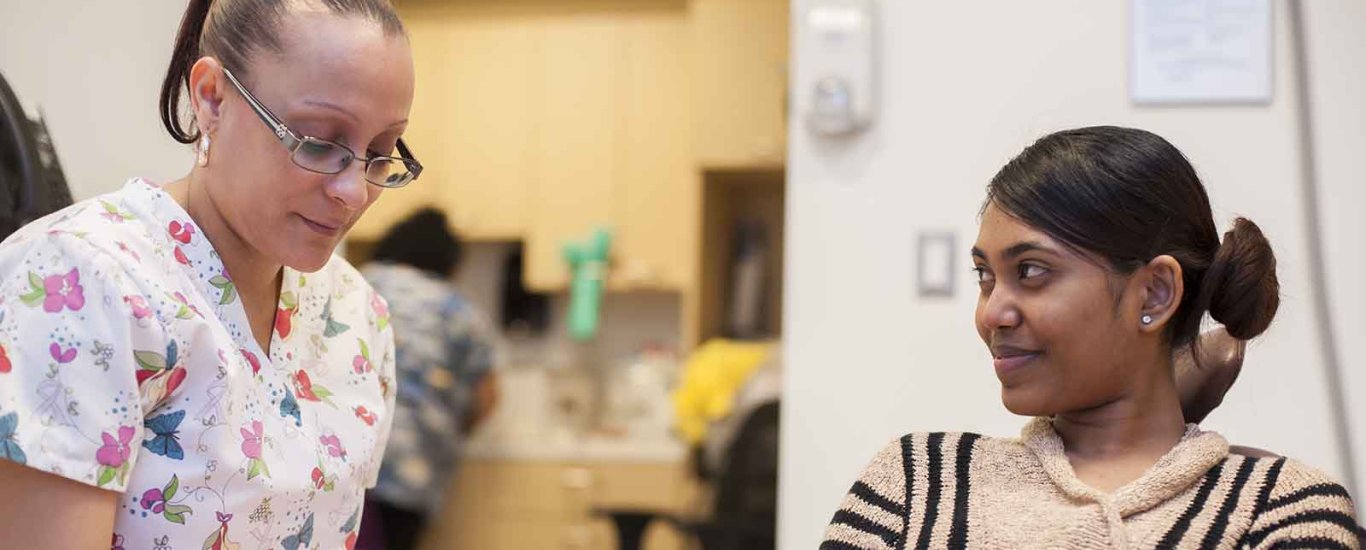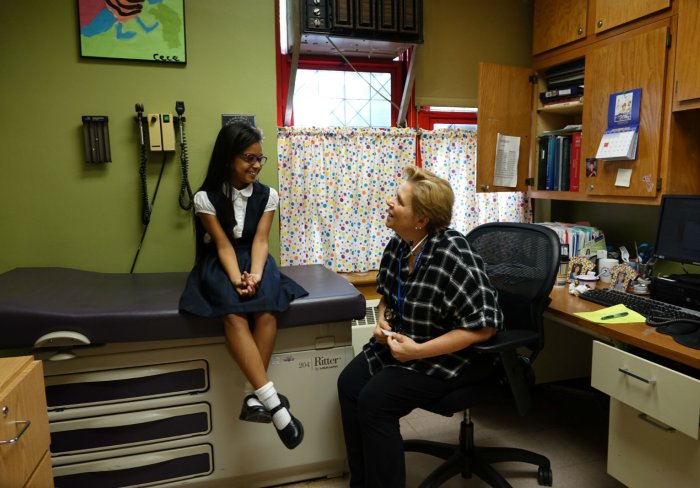May is Mental Health Month, and at Children’s Aid, we help young people cope with emotional stressors so they can thrive in school and in life. Our professionals, who provide individual, family, and school-based behavioral health services, are trained to spot changes in behavior and work with the whole family to address any issues.
Below are some tips for parents and caregivers who think their children may be experiencing anxiety or depression:
What are some signs that my child is struggling with anxiety or depression?
- Change in eating and sleeping patterns – that is, sleeping or eating more
- Disruptive or aggressive behavior either at home, school or both
- Self-destructive behaviors such as engaging in self-harm – cutting, scratching intentionally, digging nails into skin, and head banging are some examples. Many times, children and adolescents will inflict self-harm in order to numb sadness, anger, fear, etc.
- Extreme worry or feelings of sadness that may impact their ability function
- A child that isolates and loses interest in friendships and engaging in age-appropriate activities
- Regressing to earlier behaviors. Examples are tantrums, bed-wetting, clinginess
- Behavioral differences after a life change such as a move or change in family structure (divorce, for example) and an inability to cope with these changes
What should I do if I notice these signs?
- Acknowledge the behavior and change seen in the child
- Provide support
- Talk about feelings of sadness or worry
- Speak with child’s primary care provider to address changes. The provider will often initiate a referral for mental health services.
- Set up a visit with a therapist
- Seek support services in the school as needed
What kind of services does Children’s Aid provide for young people who may be struggling?
- Individual therapy for children and adolescents ages 0-21
- Family therapy
- Home- and community-based treatment support services for children, adolescents, and their families
- School-based mental health services for children that attend our school-based health centers in the Bronx, Manhattan, and Staten Island
If you’re worried about changes in your child’s behavior, remember that communication is key. Parents and caregivers should express curiosity about what the child or adolescent is experiencing. It’s important not to ignore signs or to dismiss changed behavior as “a phase.”
Any time there is a drastic change in behavior, there is a reason behind it; something the child is trying to communicate and may not have the emotional bandwidth or words to explain. Listen in a way that demonstrates sincere care and understanding and become involved and interested in the different aspects of your child’s life – school, peer groups, and preferred activities.
Learn more about Children’s Aid sites that provide behavioral health services.







